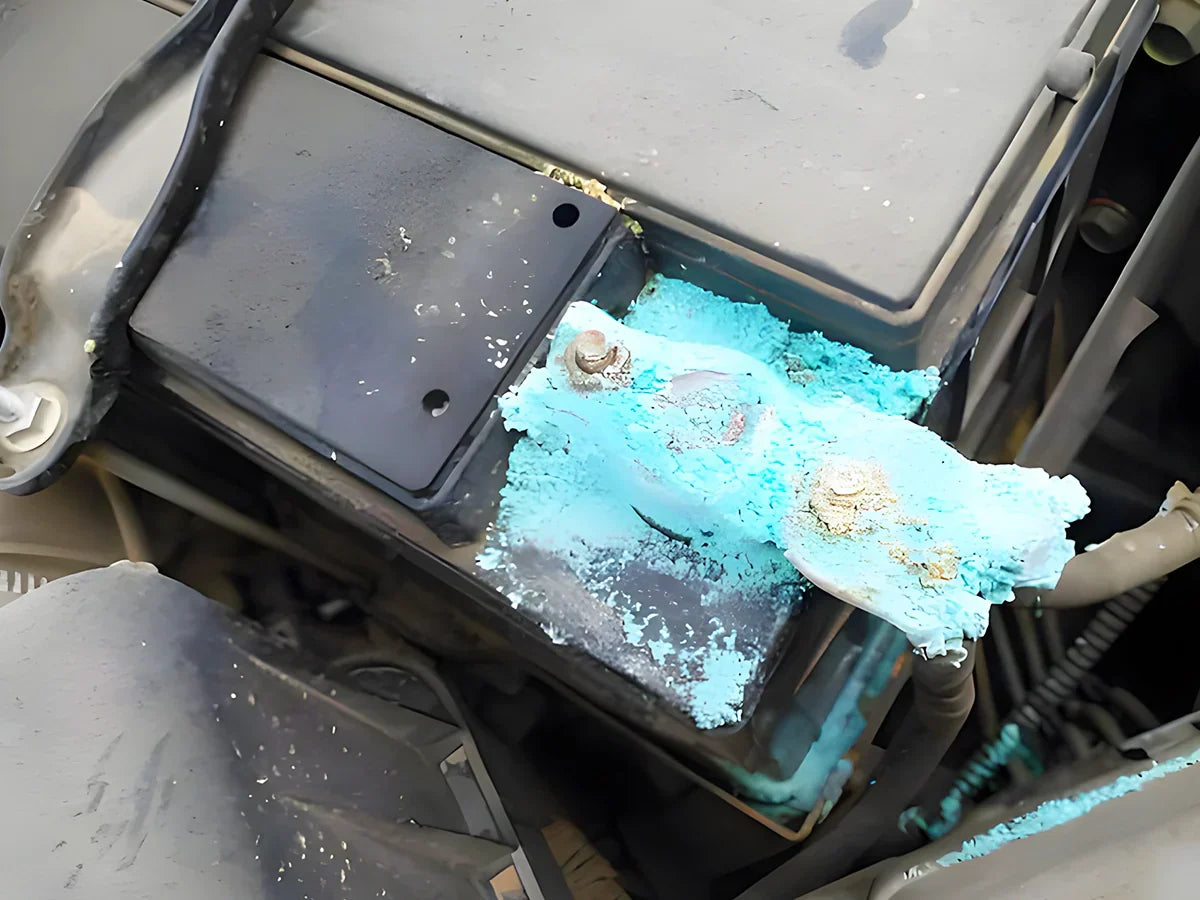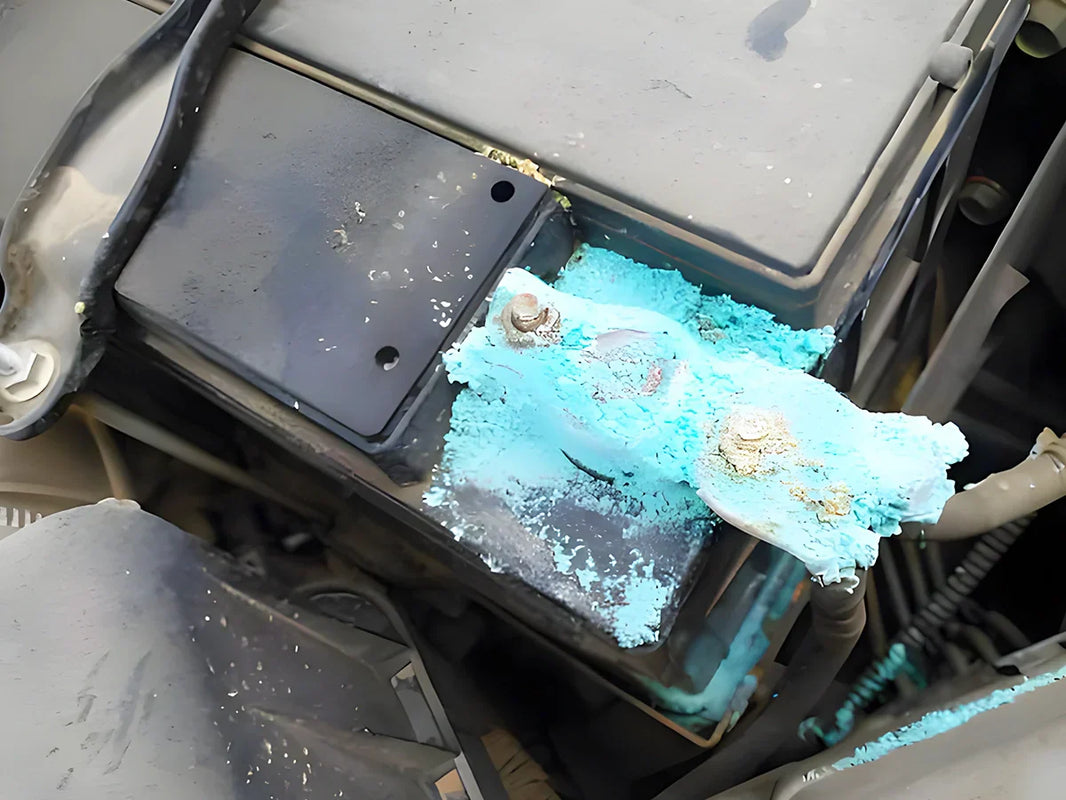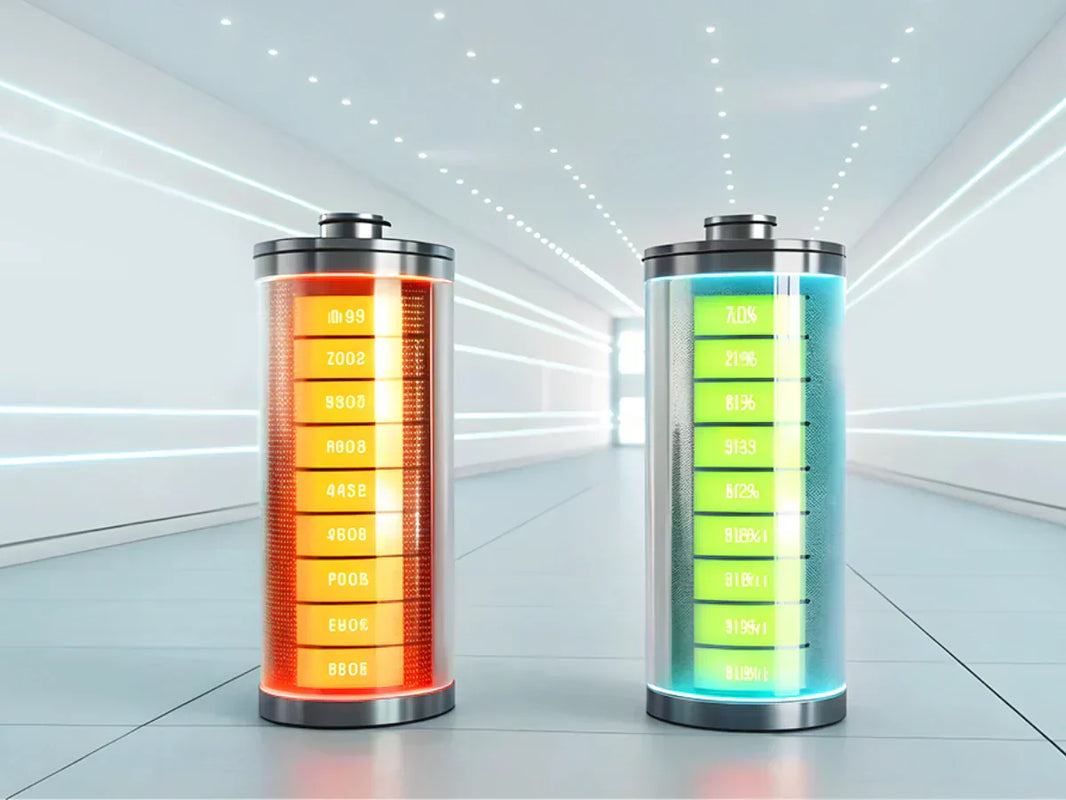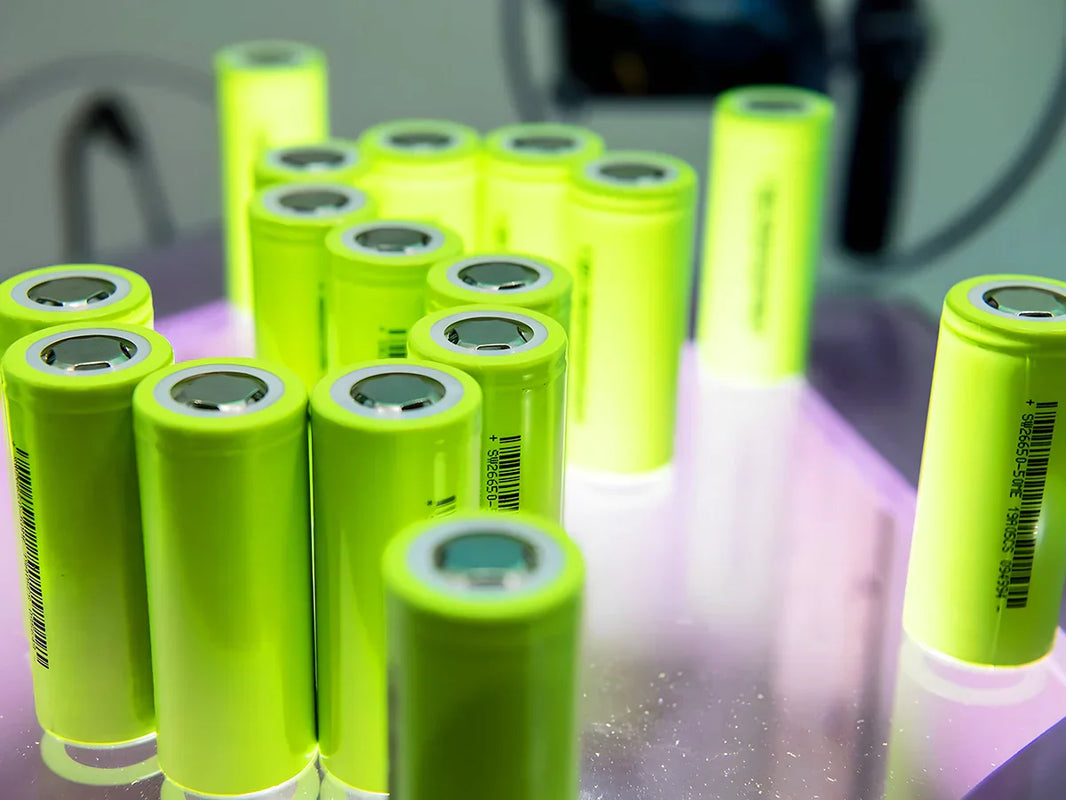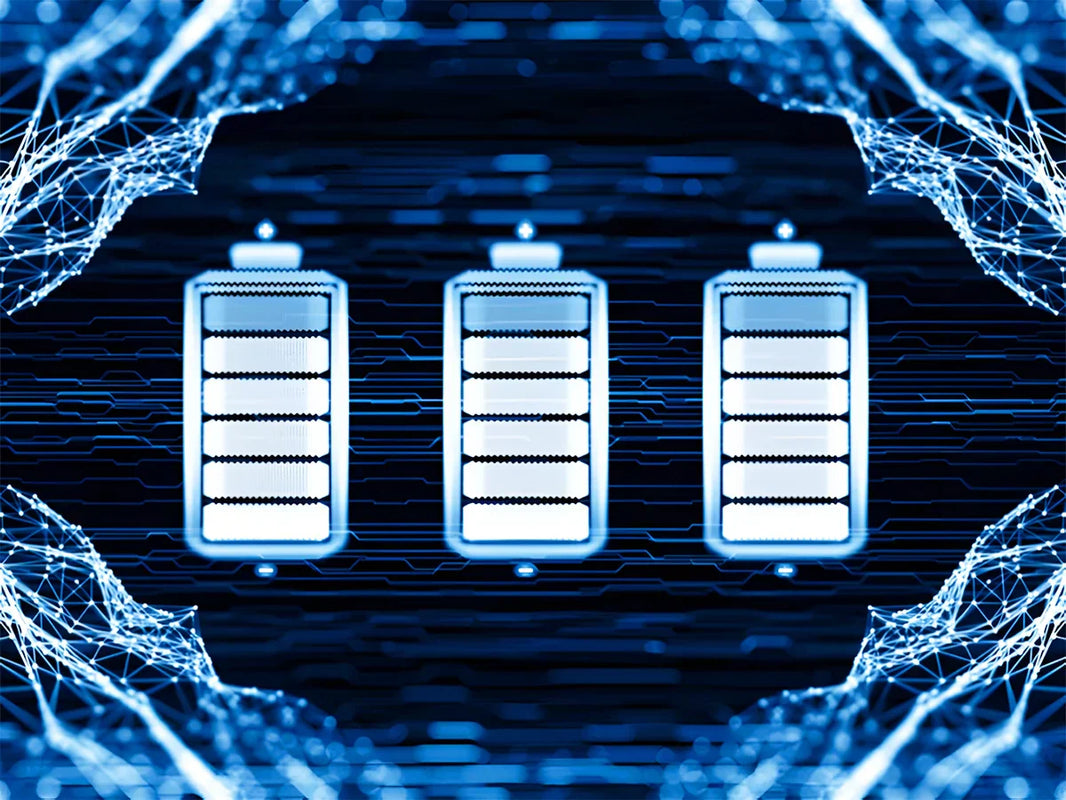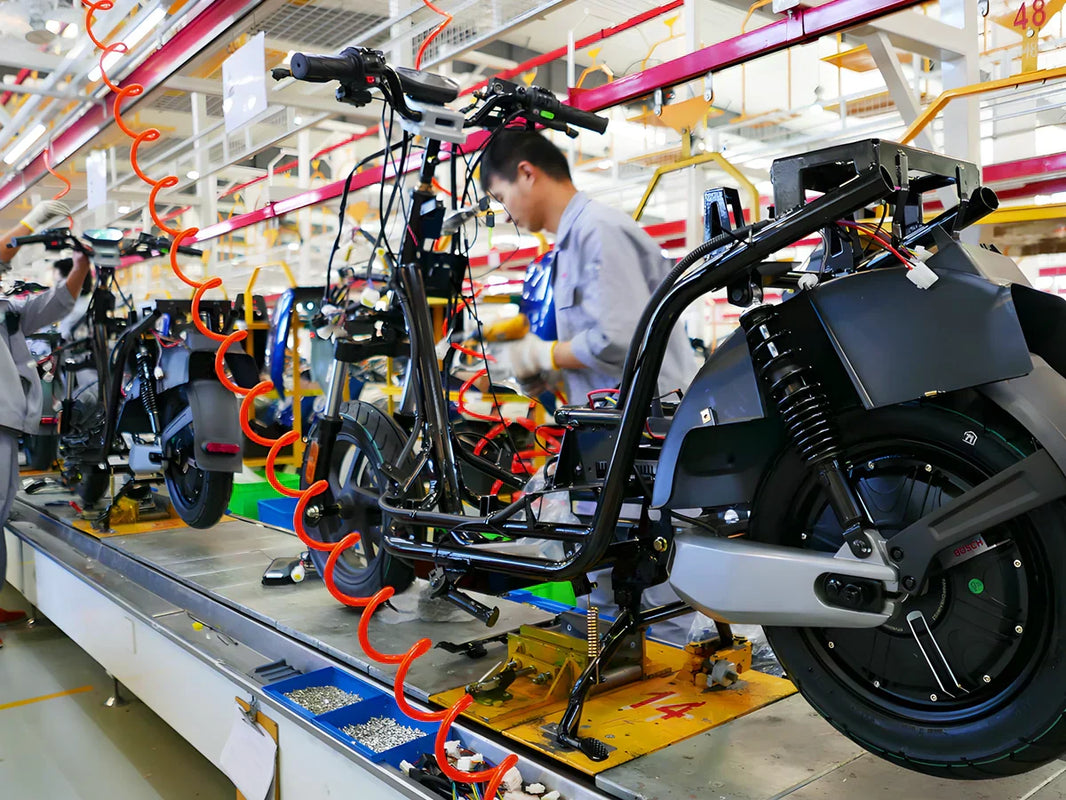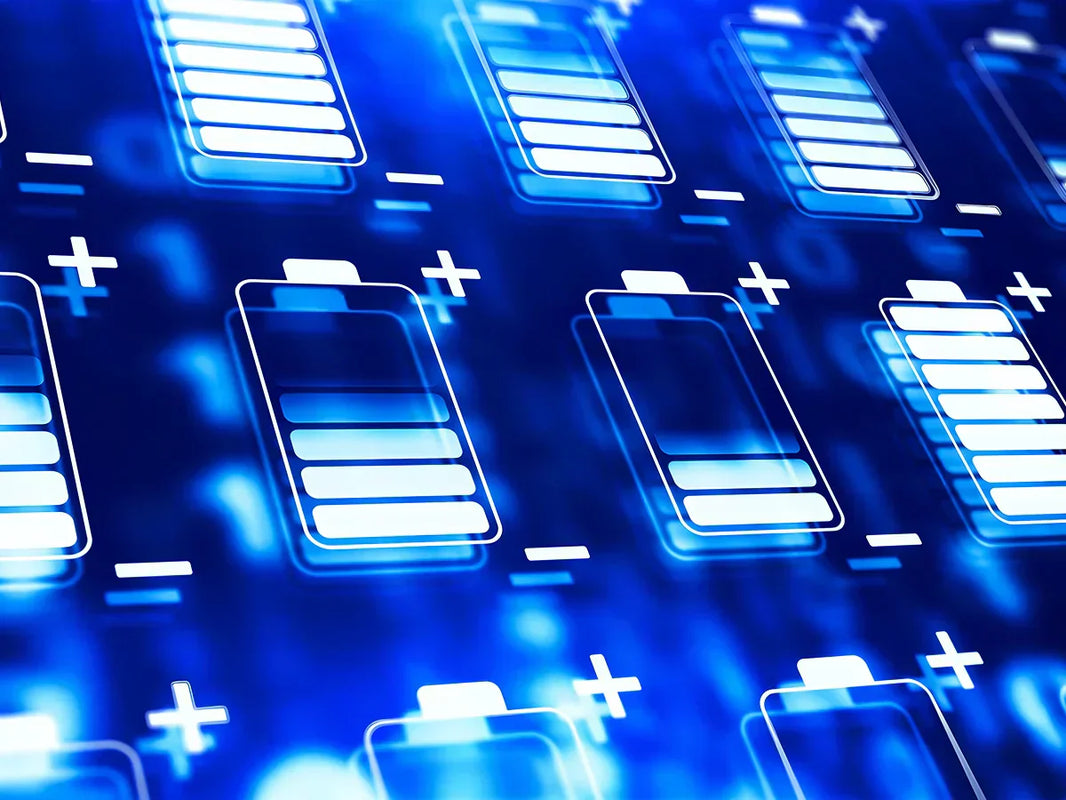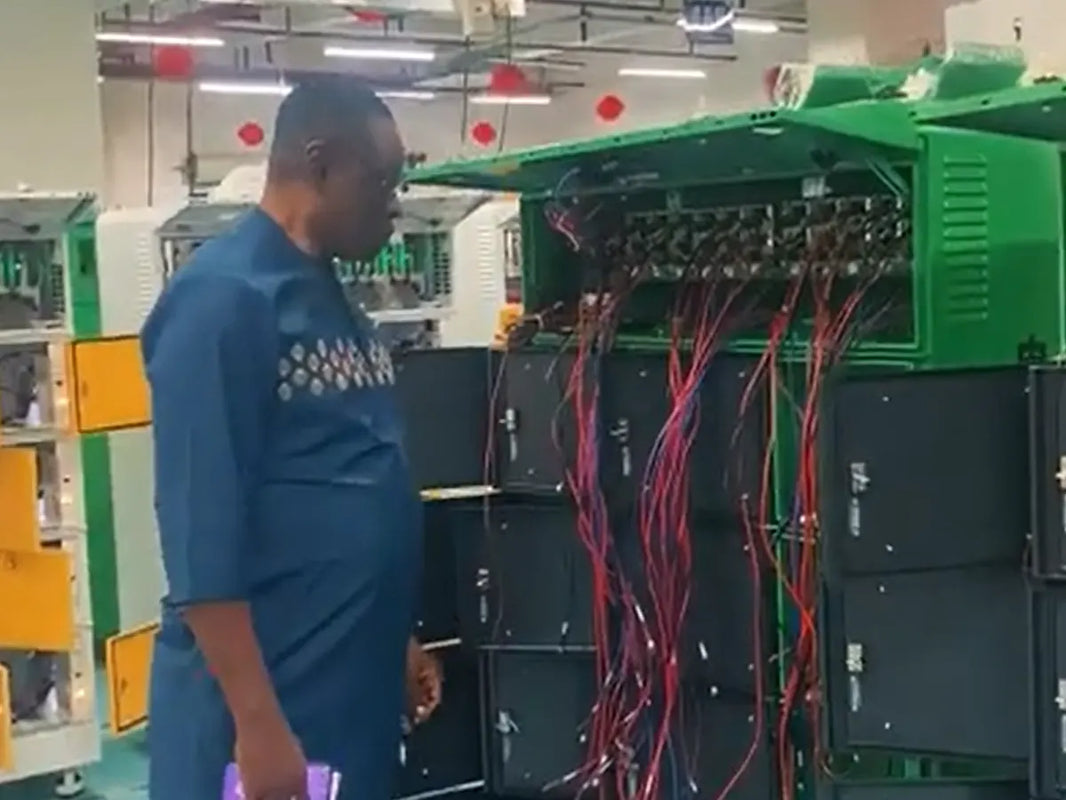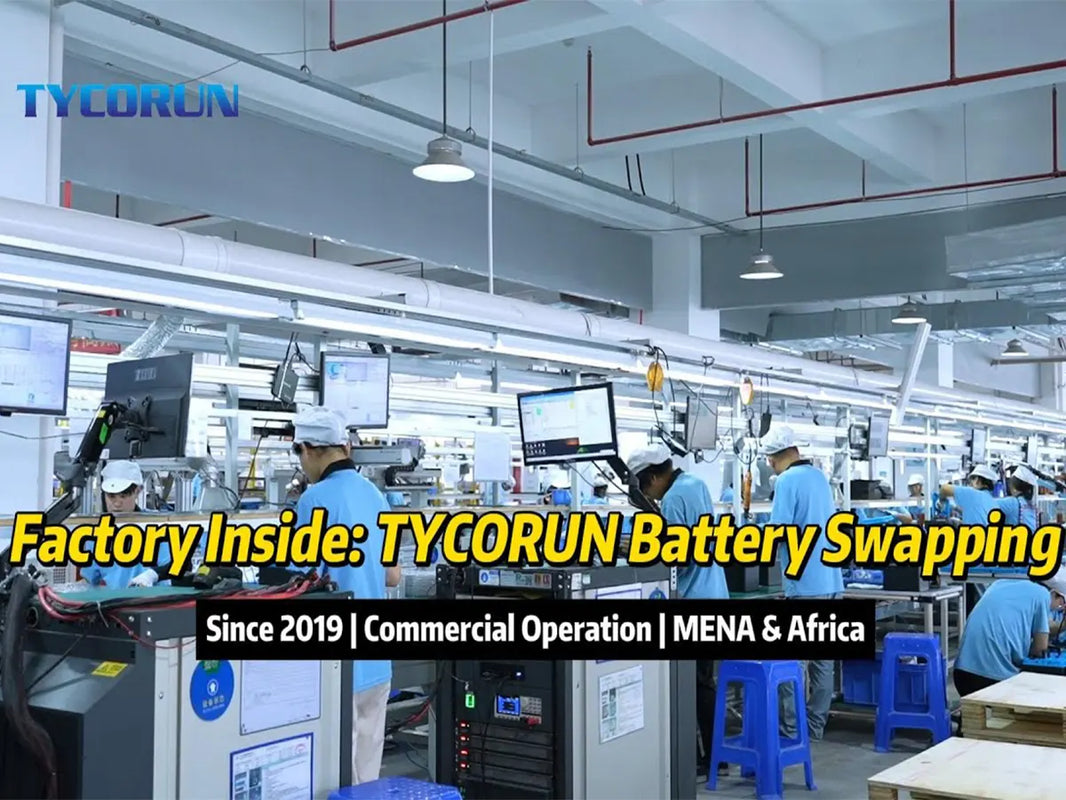
Main content:
Battery sulfation is a common issue in lead-acid batteries, occurring when lead sulfate crystals accumulate on the battery plates. This buildup reduces conductivity, blocks battery electrolyte flow, and impairs normal charging and discharging. Understanding battery sulfation, its types, symptoms, and prevention methods is essential for extending battery life, maintaining performance, and avoiding costly replacements.
What is Battery Sulfation

Automotive battery plate sulfation, also known as plate sulfation or irreversible plate sulfation, is specifically a layer of coarse white lead sulfate crystals that forms on the battery plate surface.
This type of lead sulfate has hard, insoluble particles, is bulky, and has poor conductivity. During normal charging, it is difficult for it to participate in oxidation reactions and cannot be converted into active materials, thus disrupting the normal charge and discharge electrochemical reactions. It also clogs the pores of the active materials, hindering the penetration and diffusion of the electrolyte, and increasing the internal pressure of the battery.
Types of Lead-Acid Battery Sulfation
Reversible Sulfation (Soft Sulfation)
Reversible sulfation typically occurs after a short discharge or a long, mild discharge. This type of sulfation is characterized by small, loose lead sulfate crystals and can be reversed with proper charging or the use of a pulse desulfator. Reversible sulfation has a relatively minor impact on battery capacity and represents an early, mild stage of sulfation. Prompt treatment can fully restore battery performance.
Irreversible Sulfation (Hard Sulfation)
Irreversible sulfation typically occurs after a battery has been deeply discharged for an extended period or stored without charging. This type of sulfation is characterized by hard, dense lead sulfate crystals that adhere firmly to the plate surface, making it difficult to reverse with normal charging. Irreversible sulfation significantly reduces battery capacity and discharge performance, and in severe cases, can even lead to battery failure. Sulfation is an irreversible process and is one of the main causes of lead-acid battery aging and end of life.
Symptoms of Battery Sulfation
Charging Abnormalities
Sulfation of a lead-acid battery significantly reduces charging performance. Charging time is significantly shortened; a battery that originally required 6–8 hours to fully charge may now display a full charge in just 2–3 hours after sulfuration. Furthermore, the charging voltage rises too quickly.
After a full charge and a period of idling, the terminal voltage may rise above normal (e.g., exceeding 13.4V). During the initial charging phase, the battery may produce a large number of bubbles, even a "squeaking" sound, and experience noticeable heat buildup. These rapid temperature rises are typical signs of charging abnormalities.
Reduced Discharge Performance
Sulfation significantly reduces the battery's discharge capacity. This reduces battery capacity and range, often manifesting as rapid charge-to-full and run-down, with the battery draining quickly. During discharge, the voltage drops more rapidly, causing the battery to reach its termination voltage prematurely, making it unable to provide stable power output. This condition directly affects the actual battery efficiency and the operational stability of the equipment.
Electrolyte Changes
Sulfurized batteries also experience changes in their electrolyte properties. The electrolyte density is typically lower than normal, and even during charging, its density increases very slowly, indicating that the battery's internal chemical reactions are hindered. This phenomenon not only reduces the battery's charge and discharge efficiency but also reduces the utilization of the internal active materials, thereby affecting overall battery performance.
Plate Appearance Changes
Sulfation in batteries causes the formation of hard, white lead sulfate crystals on the plate surface, hindering normal electrochemical reactions. As sulfation progresses, the active materials on the plates may detach, further reducing battery performance and service life. The presence of crystals on the plate surface is the most visible sign of sulfuration in lead-acid batteries and directly affects the battery's charge and discharge capabilities.
Excessive Heat Accumulation
Sulfurized batteries are prone to excessive heat accumulation during charge and discharge. Due to the hindered internal chemical reactions, energy conversion efficiency decreases, and excess energy accumulates as heat, raising the battery temperature.
This not only accelerates battery aging but can also cause deformation of the battery casing and increased plate corrosion. In severe cases, this can even pose a safety risk. Therefore, excessive heat accumulation is also a key warning sign of battery sulfation.
What Causes a Sulfated Battery
Incomplete Initial Charging
Incomplete initial charging of a new battery prevents the active materials from being fully reduced.
Long-Term Undercharging
Long-term undercharging or untimely charging. Prolonged use in a half-charged state causes the discharge product, lead sulfate, to remain on the plates, where it can recrystallize and form coarse particles.
Frequent Overdischarge or Deep Discharge
Frequent overdischarge or deep discharge with low currents can cause lead sulfate to form within the tiny pores of the plates.
Improper Long-Term Storage
Long-term storage in a discharged or half-discharged state. Due to the temperature difference between day and night, lead sulfate undergoes two opposing processes: dissolution and crystallization in the electrolyte. This process then recrystallizes, and after repeated recrystallization, coarse, insoluble lead sulfate crystals form on the plates.
Low Electrolyte Level
Insufficient electrolyte (low electrolyte level) causes oxidation of the exposed plate portions. During driving, the electrolyte fluctuates and comes into contact with the oxidized portions of the plates, forming a hardened layer of large lead sulfate crystals, which sulfides the upper portion of the plates and subsequently the entire plate.
Excessive Electrolyte Density
Excessive electrolyte density makes it difficult for the lead sulfate to dissolve, which in turn favors its recrystallization.
Impure Electrolyte
The electrolyte is impure, containing a high concentration of organic matter and impurities. These organic matter and impurities not only cause the battery to self-discharge but also adhere to the negative plate during discharge, preventing the lead sulfate from dissolving.
Battery Sulfation Repair Methods
Mild Sulfation Recovery
For mild sulfation of lead-acid battery plates, fully charge the battery using the normal charging current. After a one-hour break, recharge at half the normal charging current until the electrolyte begins to bubble vigorously.
Severe Sulfation Recovery
For severe sulfation, open the battery cap and add repair fluid. Then, use a repair instrument to charge at a high current. Once the bubbles dislodge the lead sulfate crystals, drain the excess liquid. Discharge the battery until the electrolyte density reaches approximately 1.15, then recharge at the original charging current until the electrolyte density stops rising. Adjust the electrolyte density to 1.28.
Battery Maintenance Tips to Prevent Sulfation

Proper Storage and Regular Charging
One of the simplest and most effective ways to prevent lead-acid battery sulfation is to store the battery properly. Even when the battery is fully charged, maintain a moderate charge level and avoid letting the battery voltage drop below 12.4 volts. This low voltage accelerates sulfate deposition on the plates.
For storage, choose a cool, dry, well-ventilated area, avoiding high temperatures. It is generally recommended that batteries be stored at no more than 75 degrees Fahrenheit (approximately 23 degrees Celsius). Note that the battery's self-discharge rate doubles for every 10 degrees Fahrenheit (approximately 5–6 degrees Celsius) above room temperature. Therefore, high-temperature storage can accelerate capacity loss and sulfation.
During extended storage, it is best to check the battery voltage regularly and perform small charges (float or maintenance) as needed to keep the battery within a safe voltage range. This not only extends battery life but also effectively reduces sulfate accumulation, improving battery performance upon subsequent use.
Use High-Purity Electrolytes
Use high-purity battery-specific sulfuric acid and distilled water to prepare the electrolyte. Do not use ordinary industrial sulfuric acid, clean well water, or rainwater. The prepared electrolyte should be stored in ceramic or engineering plastic containers, not metal containers. Use clean plastic utensils when refilling.
Keep the Battery Secure and Clean
The battery must be securely installed in the vehicle, and the outer casing must be kept clean and dry.
Adjust Electrolyte Density Seasonally
Select the appropriate electrolyte density based on seasonal changes. Use a higher electrolyte density in winter and adjust it promptly after winter. Avoid using a high-density electrolyte year-round.
Refill with Distilled Water Only
If the electrolyte level drops, only add distilled water to adjust the level, not electrolyte, unless it is caused by leakage.
Remove Mild Sulfation with Low Current Charging
For batteries with slightly sulfated plates, a low current of 2-3A can be used for extended charging (overcharging) to remove sulfation, or a full-discharge, full-charge cycle can be used to reduce the active materials.
Desulfation Treatment for Severe Cases
For batteries with severe sulfation, desulfurization can be used to remove the sulfation.
Scrapping and Regeneration
Batteries with particularly severe sulfation should be scrapped. However, with advances in battery regeneration technology, regeneration methods have expanded to include chemical charging, electrolyte immersion, battery electrolysis, and reverse charging.
Conclusion
Proper maintenance and timely intervention can effectively reduce battery sulfation. Regular charging, correct storage, use of high-purity electrolytes, and monitoring electrolyte density all help preserve battery capacity. While severe sulfation may require chemical treatments or even replacement, early detection and routine care ensure optimal performance, a longer lifespan, and a reliable power supply for lead-acid batteries.
FAQs
Can you charge a sulfated battery?
Yes, a sulfated battery can often be charged if the sulfation is mild (reversible). Using a slow, full charge or a pulse charger can help dissolve fine lead sulfate crystals and restore activity. However, if the sulfation is hard and dense, normal charging cannot recover capacity effectively.
How to reverse battery sulfation?
Soft sulfation can be reversed by performing a controlled overcharge or using a pulse desulfator that breaks down small sulfate crystals. Recharging at a low current for a longer duration also helps restore the electrolyte balance. Hard sulfation, however, is largely irreversible and may need chemical repair or replacement.
Can you jump start a sulfated battery?
A severely sulfated battery typically cannot be jump-started effectively because the internal resistance is too high to accept sufficient current. While jump-starting may momentarily power the system, it won’t restore battery health. Desulfation or replacement is necessary for long-term function.
What is the best way to desulfate a battery?
The most effective desulfation involves using a pulse desulfator or a specialized charger that applies controlled pulses to break down lead sulfate crystals. For mild sulfation, slow charging or equalization charging works well. Severely sulfated batteries may require chemical desulfation fluids or professional regeneration.


